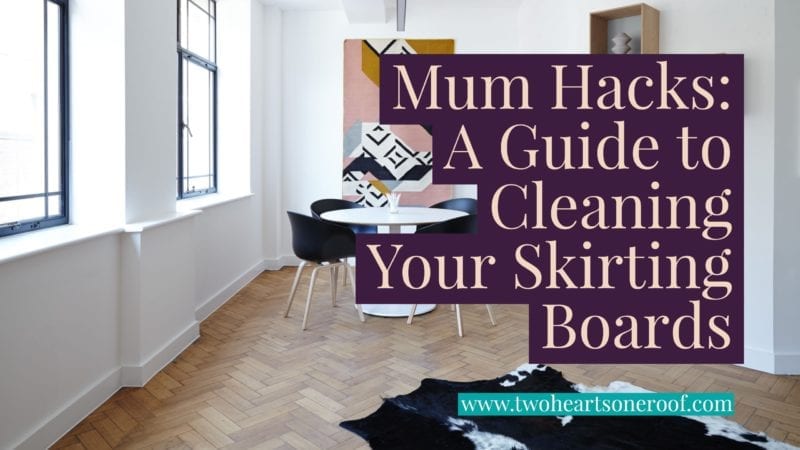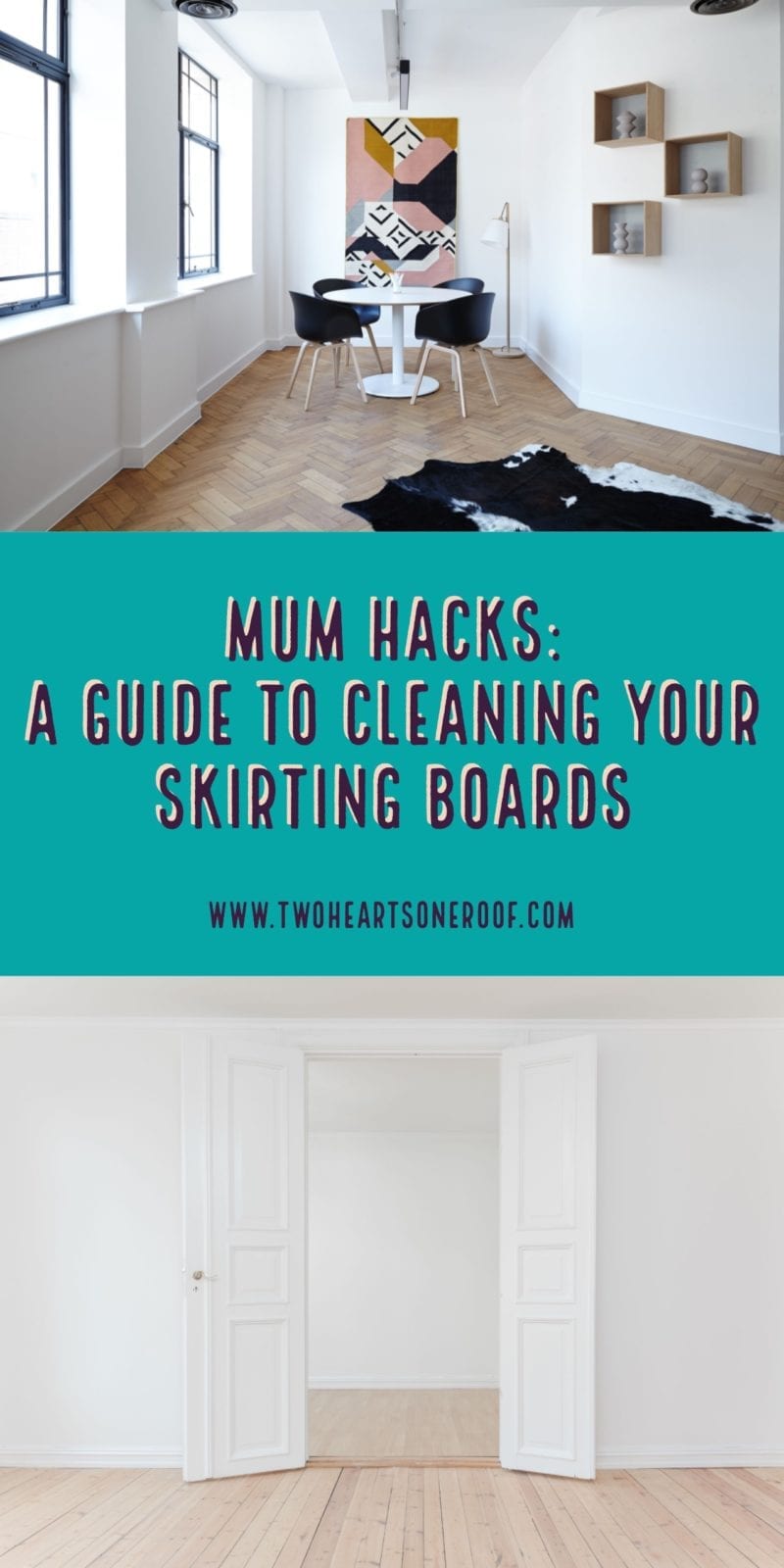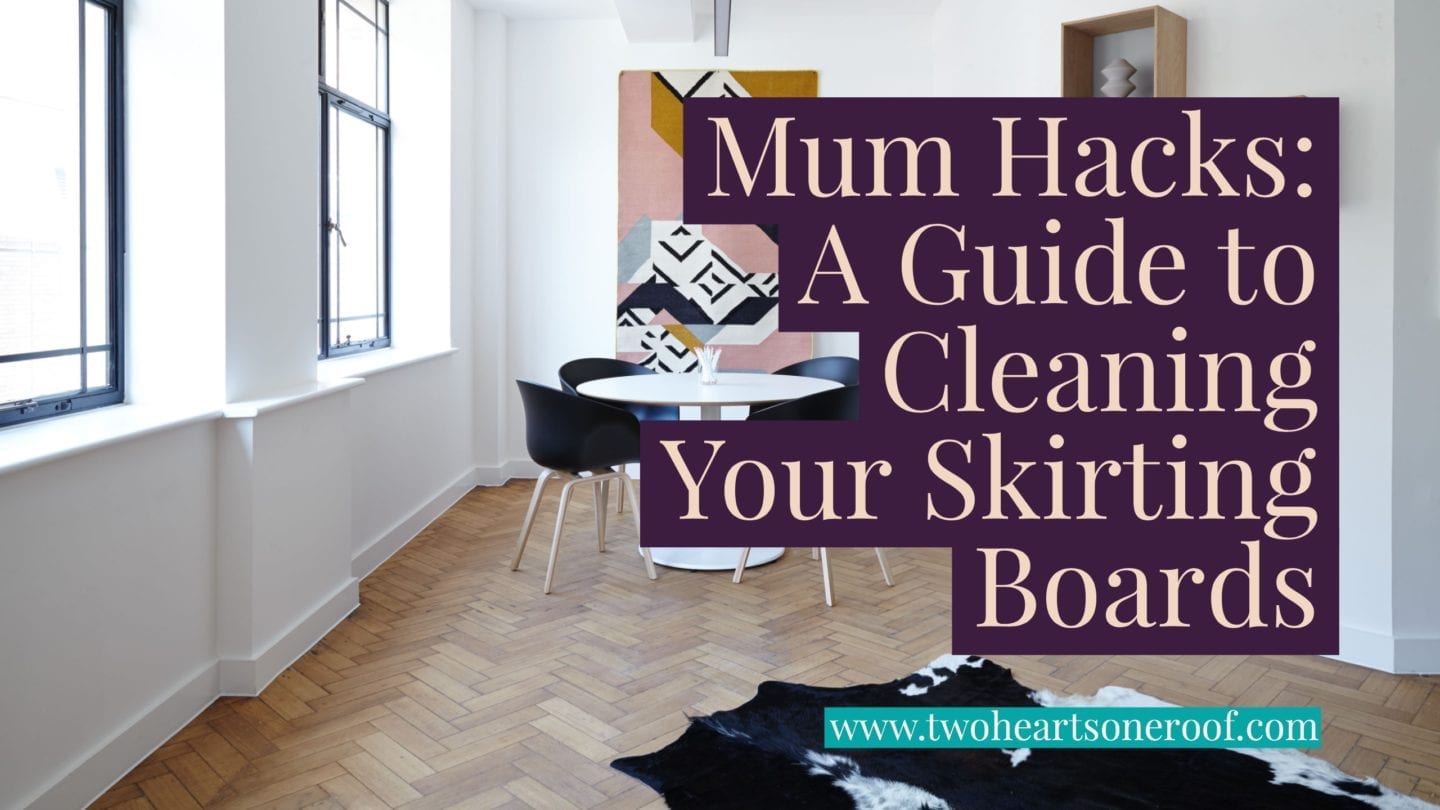 Most of us hardly ever notice our skirting boards – they might get a deep-clean once a year, or maybe a cursory vacuuming or dusting. This is the case even when the floors are mopped and all the other surfaces are polished regularly. We just overlook these important fittings, it seems.
Most of us hardly ever notice our skirting boards – they might get a deep-clean once a year, or maybe a cursory vacuuming or dusting. This is the case even when the floors are mopped and all the other surfaces are polished regularly. We just overlook these important fittings, it seems.
If the skirting boards are cleaned regularly, though, it does make a difference, so keeping up a regular cleaning routine is important. Not all boards are the same, though, and the material and style of boards you have will determine the way you clean them. If you bought your skirting boards online because you wanted an unusual profile, then you’ll want to look after them properly. Simple, unadorned profiles are easier to clean, but this doesn’t mean you get away with neglecting boards that have deeper or more complex profiles…
How are they finished?
It’s also vital to find out how the boards have been finished. They could be MDF, or wood that’s covered in gloss. They could be left bare, or oiled or varnished – it all makes a difference. If there is a finish to the boards, this means you can use a little more water, but not too much.
The fancier designs of boards, with scrolls and rebates (the bits that are cut out) are trickier to clean. You’ll be tempted to use a good dousing of soapy water, but this doesn’t remove old greasy dust, in fact it sets it into some strange kind of cement that’s almost impossible to get rid of.
Water can also cause problems if it gets into the wood through a crack in the foil or if the wood is untreated. This can very easily lead to warping, which is a great shame. Water can even seep into the wall itself, which is an even bigger shame, so be very sparing with the wet stuff.
What do you use, then?
Quite simply, a clean cloth that’s been lightly dampened in soapy water. This will get rid of most of the dust and it’ll leave behind almost no water. If you have very fancy boards with a lot of scrolls and rebates, then a soft brush with a touch of furniture polish will do nicely.
If the boards are particularly dirty, then try to remove as much dust and grime with a dry brush first before using a damp cloth. Soak the cloth in very soapy water first, then wring it out and go carefully along the boards, drying them as you go.
If the boards are painted or varnished, you still have to be careful, though, as water will always seep into small places, where it often causes mould.
Grease and mould
Skirting boards in a kitchen tend to have cooking grease on them – it just happens as tiny particles of oil get sent into the air. You can attack the grease with a dab of neat detergent on a damp cloth then polish the board with a clean dry cloth.
For mildew or mould, you can do the same with a mildew remover before drying the boards. Look out for any mould coming back within a couple of months, though, as this could mean the wall is damp.
If you find this ‘cleaning your skirting boards’ post helpful don’t forget to PIN IT!!

*This is a collaborative post*
